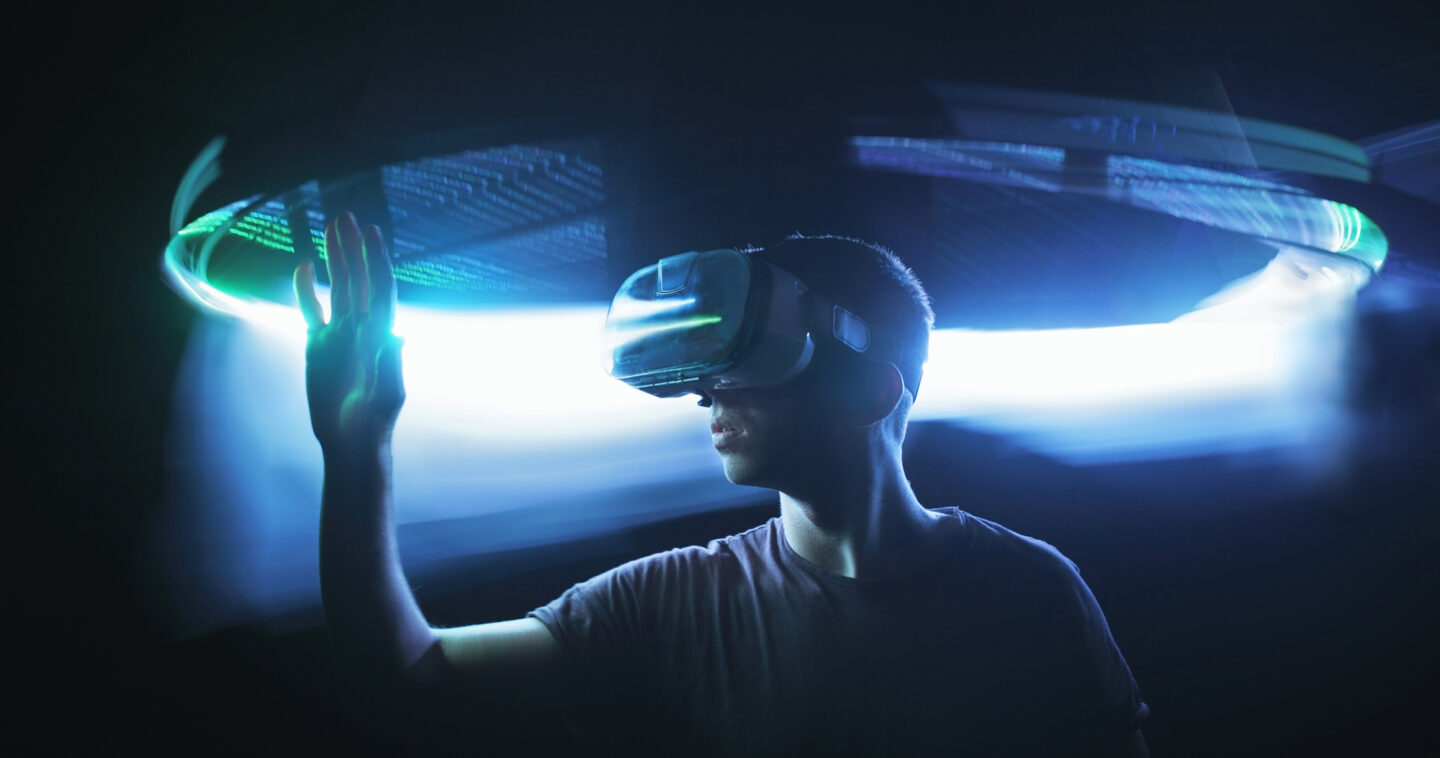The Edge is Changing the Ways We Interact
The way in which we are interacting with the world is changing. Is technology or are humans leading the way?
You don’t need a crystal to foresee the hype around the ‘Edge.’ There is certainly no buzz lacking. Whether it’s data centers in a box, autonomous vehicles, contextual location services or the knight in shining armor that will revitalize commercial real estate[1] – the edge may be foggy, but it’s unquestionably hot!
The pundits seem to agree. Gartner predicts that 75% of enterprise-generated data will be created and processed outside a traditional centralized data center or cloud by 2025 (in comparison to just 10% today).[2] Other industry leaders say edge computing will overtake cloud computing in the next five years.[3] Yet the story is not just about new applications, it’s also about how we interact.
The Way in Which we are Interacting with the World is Changing
Already today, one in four American adultsowns a smart speaker[4] while many mobile users employ voice search on mobile devices.[5] Edge technology aside, what’s interesting about voice search is the fact that how we interact with it is quite different to how we interact using a keyboard – we search differently.
Using traditional search on a desktop or mobile device, we learned to limit our search to concise words that would (hopefully) deliver the best search results. In other words, we adapted our way of interacting to fit how the algorithms of search engines work. With voice-based search, we now engage with smart devices using human-like, conversational language.[6] Technology has, in fact, adapted to us.
This is the reality of the Edge. Till today we were adapting to technology, now technology is evolving to catch up to us. People, and our behavior, are going to be the driving force to accelerate the Edge’s adoption.
How Machines Interact With Us — What’s Next?
Most of these advancements have been made possible through machine learning and AI, which enable machines to learn from previous interactions, expand vocabulary, and adapt more and more to human habits and dialogue expectations.
So what’s next? For one thing, how we perceive the world may be changing with VR and AR. With the Edge potentially offloading processing from VR devices, 5G’s ultra-fast wireless connectivity and faster and denser embedded storage options, we could see a plethora of light-weight VR devices of all kinds as well as collaborative AR/VR experiences.
What we’ll also see are different ways of levaraging hand gestures or eye movement tracking. These will allow us to explore an entire new dimension of user interfaces and our ways of interacting will likely continue to push further away from the screen.
All hype aside, latency and bandwidth are genuine constraints for real-time experiences or information systems. The Edge’s benefits are undeniable, and its rise inevitable. We’ve already seen how machines can interact better with fast data in smart manufacturing, health applications, IoT and analytics. Now it’s a question of how they will interact with us.
Is this a good thing that machines are adapting to us? Will it change how humans behave? Let us know in the comments below or share your thoughts on Twitter.
Forward-Looking Statements
Certain blog and other posts on this website may contain forward-looking statements, including statements relating to expectations for our product portfolio, the market for our products, product development efforts, and the capacities, capabilities and applications of our products. These forward-looking statements are subject to risks and uncertainties that could cause actual results to differ materially from those expressed in the forward-looking statements, including development challenges or delays, supply chain and logistics issues, changes in markets, demand, global economic conditions and other risks and uncertainties listed in Western Digital Corporation’s most recent quarterly and annual reports filed with the Securities and Exchange Commission, to which your attention is directed. Readers are cautioned not to place undue reliance on these forward-looking statements and we undertake no obligation to update these forward-looking statements to reflect subsequent events or circumstances.
[1] https://www.zdnet.com/article/how-edge-computing-may-revamp-revitalize-commercial-real-estate/
[2] https://www.gartner.com/smarterwithgartner/what-edge-computing-means-for-infrastructure-and-operations-leaders/
[3] https://www.zdnet.com/article/linux-foundation-executive-believes-edge-computing-will-be-more-important-than-cloud-computing/
[4] https://voicebot.ai/2019/03/07/u-s-smart-speaker-ownership-rises-40-in-2018-to-66-4-million-and-amazon-echo-maintains-market-share-lead-says-new-report-from-voicebot/
[5] https://blogs.gartner.com/anna-maria-virzi/2018/08/23/search-marketings-next-hurrah/?_ga=2.57654441.285077354.1579201938-730288950.1578511350
[6] https://www.campaignlive.co.uk/article/just-say-it-future-search-voice-personal-digital-assistants/1392459





